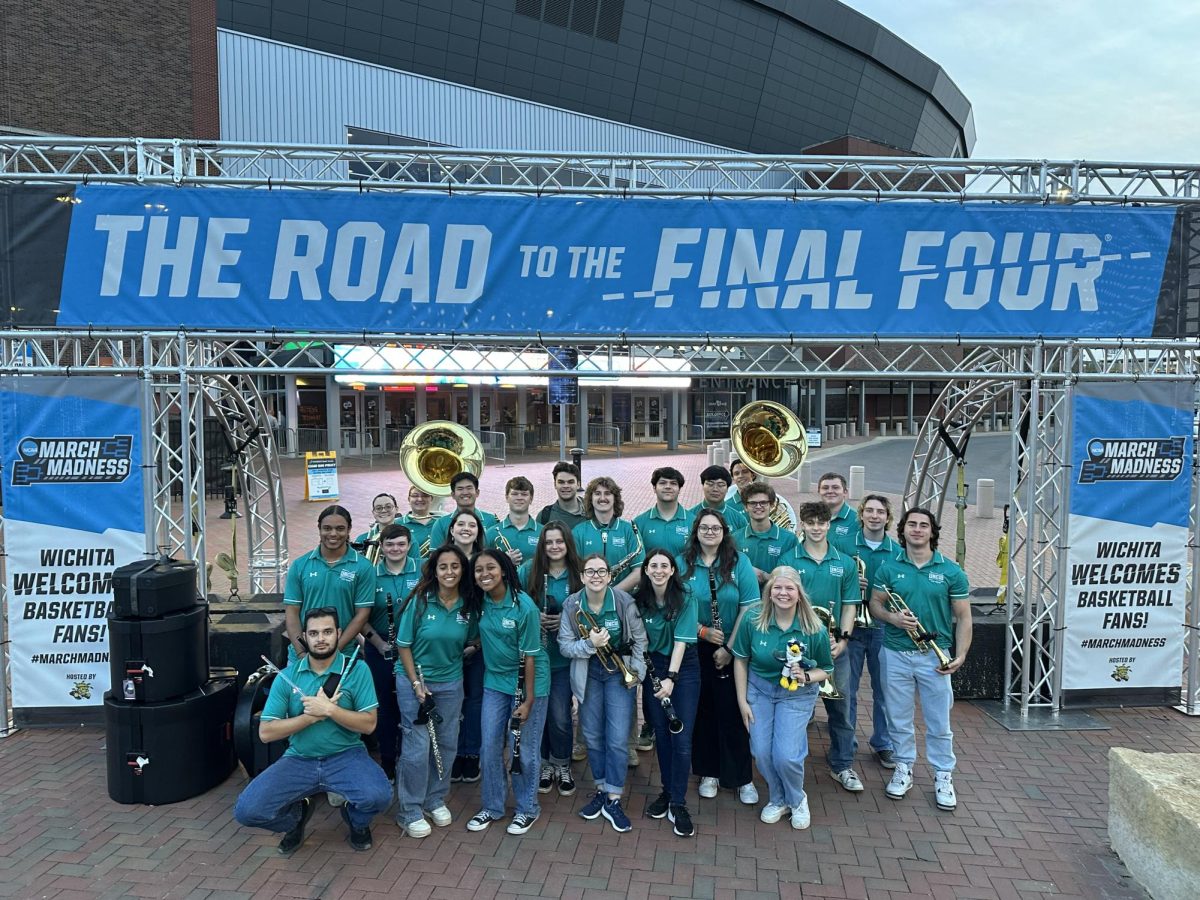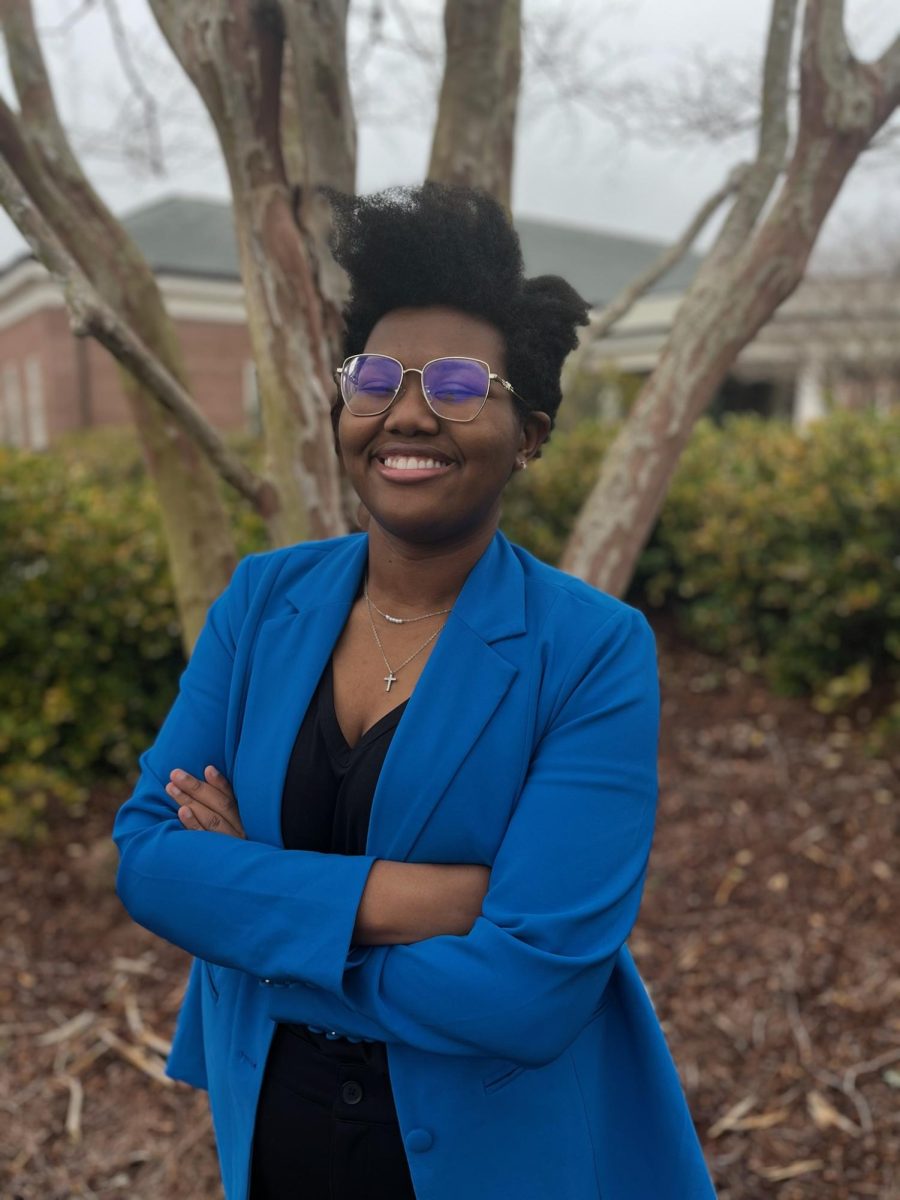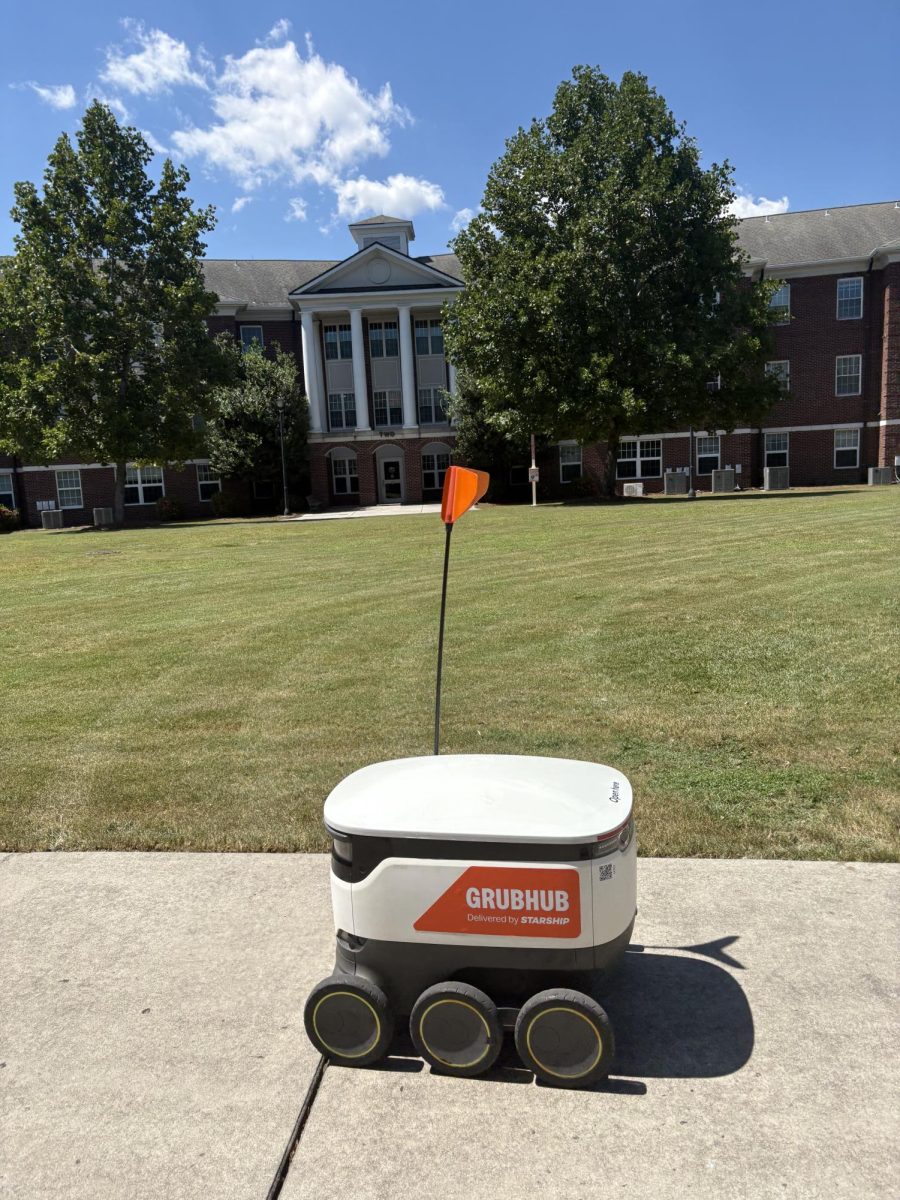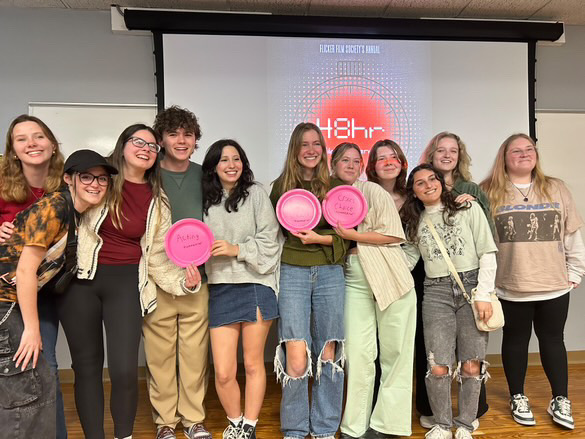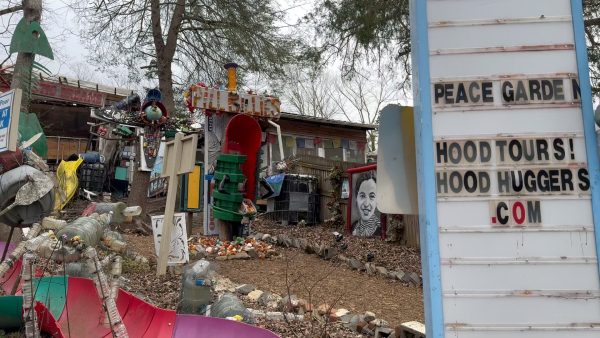
Although the University of North Carolina campus makes Asheville, N.C. a college town; it is still a well-knit community nestled in the Appalachian Mountains. Much like other communities in the Appalachians, Asheville is still rebuilding from Hurricane Helene which hit the area in September 2024. But for many natives to the area, downtown Asheville look different from what it once was, not just because of Hurricane Helene.
“They’re building up downtown, but what we notice is that they’re tearing down the ‘hood,” says Dewayne Barton, a tour guide for Hood Huggers International. “They’re tearing down a lot of historic African American places, and landmarks and neighborhoods.”
As the founder of Hood Huggers International, Barton and his partner started the organization to provide a local tour about Asheville’s Black history. In these tours, he walks groups through historic sites of downtown Asheville, highlighting the pillars of the African American community such as the schools, arts, the church and the Peace Garden. The garden is one of the highlights of the tour because it has reused scrap pieces to make art. Barton describes in his book “The CAP Playbook: Phase One” that the garden started “because of the War in Iraq and the war on drugs in our neighborhood; we did it in order to draw people out of their homes to interact with each other and build relationships.”
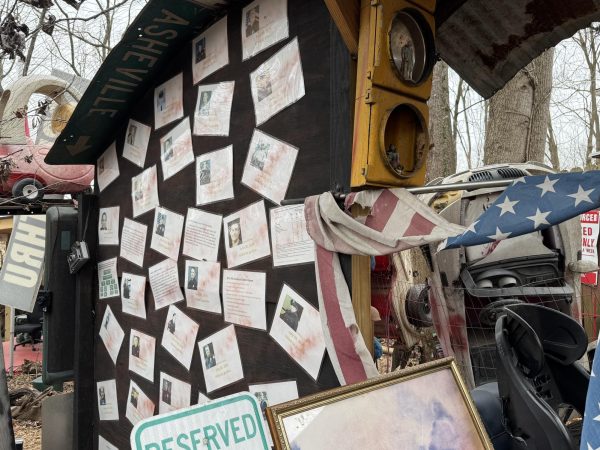
In addition to telling Black history, this organization highlights art and efforts for sustainability. “The CAP Playbook: Phase One” offers insight into how to develop a Community Accountability Plan, a way to support people groups within individual towns or cities.
“There’s a connection with Asheville and Wilmington,” Barton tells the tour.
Wilmington, which also is home to UNCW and Cape Fear Community College, has a difficult history involving integration, education, and white supremacy.
The historic connection Wilmington has with Asheville is the Wilmington Ten. These were nine Black men, and one woman wrongly convicted of committing arson and conspiracy in 1971. One of the lawyers representing their trial was James “Fergie” Ferguson II from Asheville. Although they were wrongly convicted in 1971, it wasn’t until 2012 when they were pardoned by N.C. Governor Beverly Perdue.
Asheville’s local government has put measures in place to help people of color in their community through their Office of Equity and Inclusion. One of these measures include the racial healing grant program, which offered small grants to various cultural or historic spaces in Asheville, including the Peace Garden.
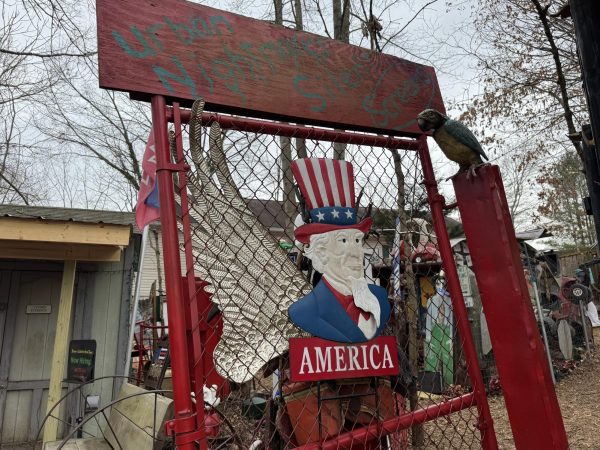
In Wilmington, the Office of Equity and Inclusion was created in June 2020. This office has worked with various committees, including a commission on African American history, heritage and culture and New Hanover County Hispanic-Latino. Part of the achievements this office has made since 2023 has been hosting heritage festivals, developing a Language Access Plan and continuing events such as the Equity Awards Gala and 1898 Commemoration ceremony.
As the local government strives to improve equity in Wilmington, the history of these marginalized communities and Wilmington’s history must be taught.
“It’s impossible to be downtown and not recognize,” said Dr. Glen Harris from UNCW’s history department. He is a close friend of the founder of Wilmington-N-Color, Cedric Harrison, and teaches American history specializing in African-American history, film and history and sports and social justice.
The Wilmington-N-Color tour tells the stories of the Black community in Wilmington and how this community has changed over time. Historical events such as the 1898 Wilmington Massacre and the Wilmington Ten are included. The tour also covers the historical significance of Central Missionary Baptist Church, the divide of North and South Wilmington and the people behind structures such as the Bellamy mansion.
“Stories like this shouldn’t be hidden,” said Harrison. “Not just a small town, there are bigger things behind the scenes.”
The purpose of this tour, according to Harrison, is to tell the history of this community and continue conversations surrounding it. Conversations that Harris says have become more prevalent in and outside the black community in the past 20 years.
Harrison believes, “The tour is a seed.” He hopes to expand the tour with more guides and more stories that feature the significance of Carolina Beach and Black-owned resorts.
Since 2023, UNCW has partnered with Wilmington-N-Color under the FREED project offering about 19 tours since the fall semester. According to UNCW’s website, the Fragility, Resilience, and Engaged Education in Democracy Project has been designed to honor and recognize Wilmington history. Part of this initiative is partnering with Wilmington-N-Color. However, in addition to this project, faculty and student organizations around campus have taken initiative to be involved with the tour.
Just as the creation of Wilmington-N-Color has brought awareness to the history of the Black community in Wilmington, there are still educational gaps that lie in local history. Participating in tours like this is one way to begin conversations, to educate others and see the effects local history has on their communities. Although many college towns create their own communities on campus, it is important for students to engage with the outside community of the city where they live. Being aware and active of the cities they live in during college is another form of education that happens outside the classroom. Even for students who may not consider Wilmington home; being educated is how they can see the effects of local history on their communities—starting conversations about ways to uplift them through dialog and legislation.












